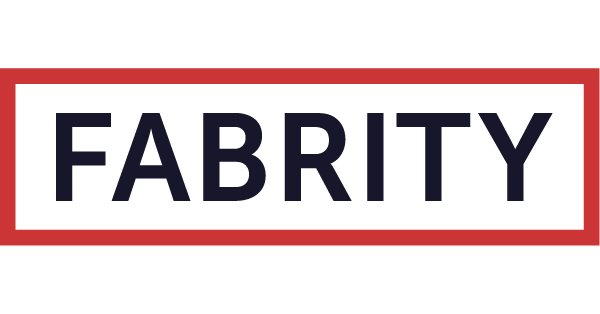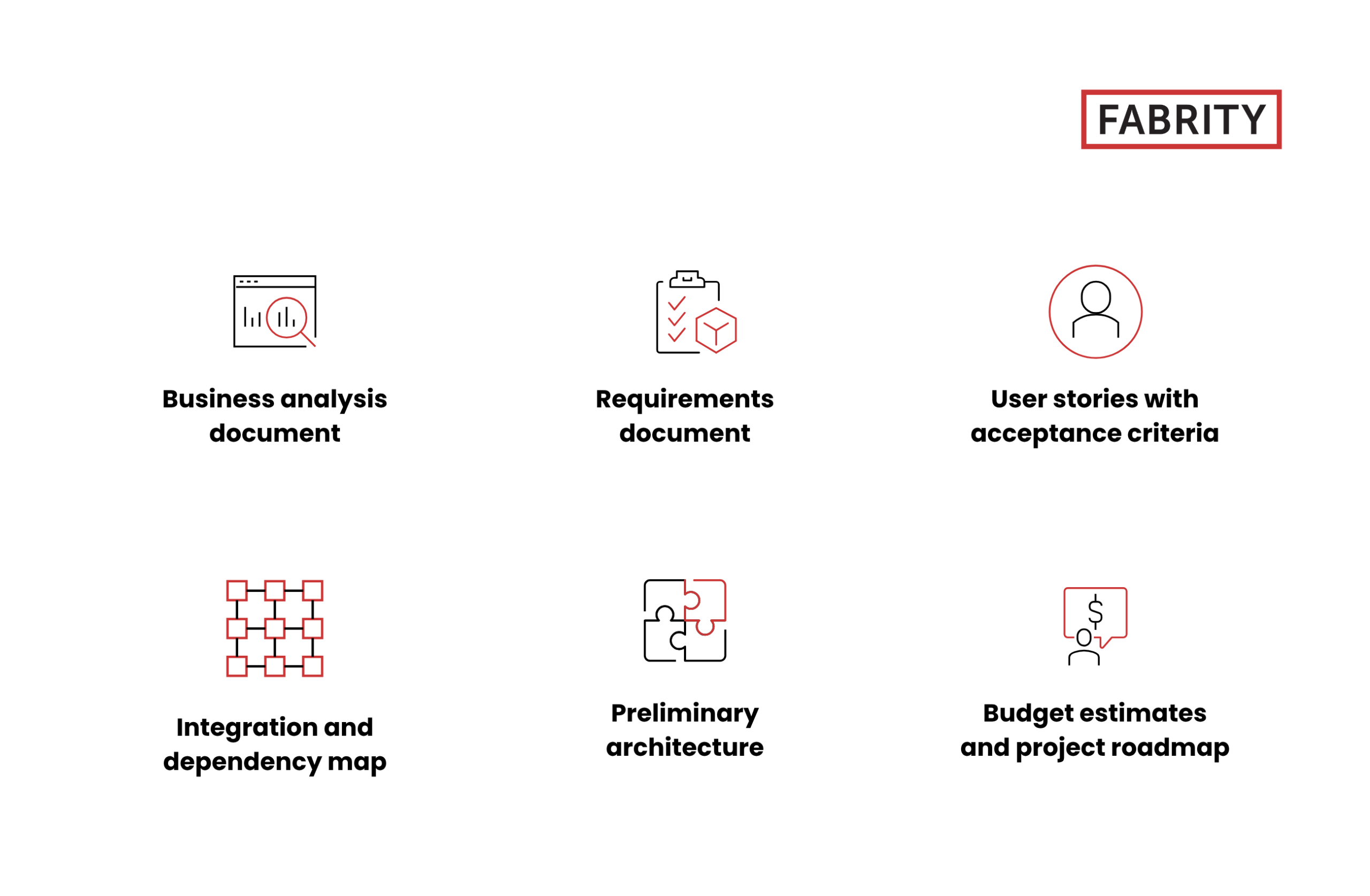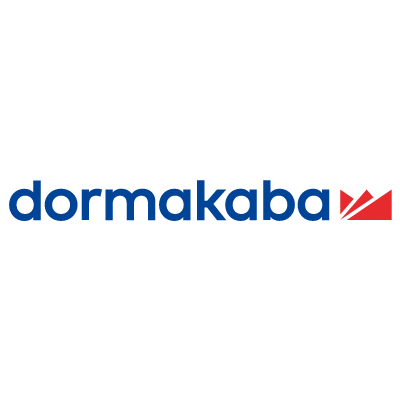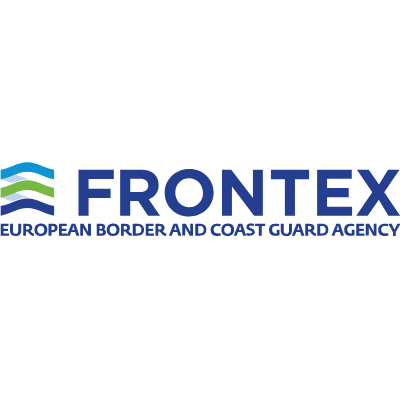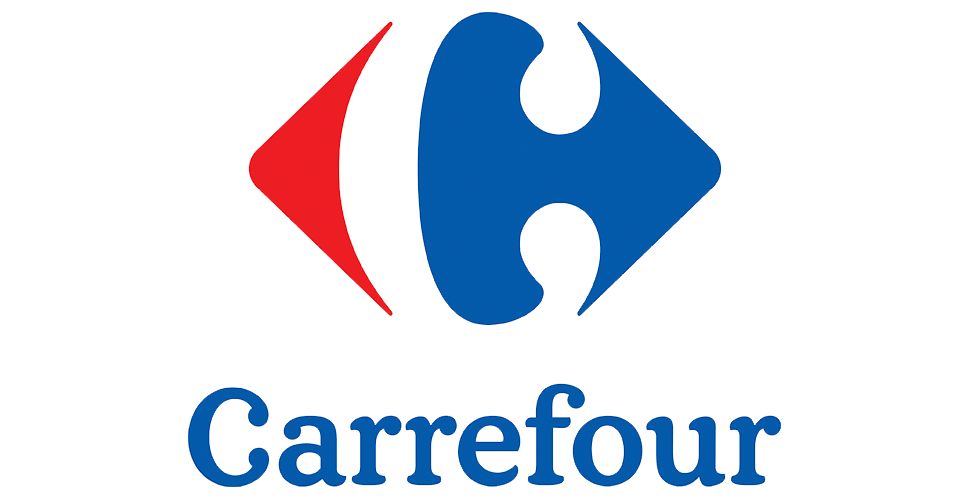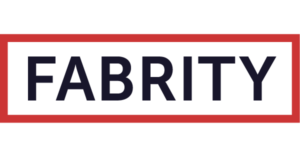In the world of IT, we face challenges that are surprisingly similar to those encountered when building a house. Before the excavator arrives, it is essential to establish where the property lines are, what kind of soil lies beneath the grass, and whether critical infrastructure like water pipes or power lines might be buried underground. In software development, the equivalent is the product discovery phase—a swift, agile reconnaissance that ensures a project is built on solid ground rather than assumptions.
The product discovery phase—often coupled with a pre-implementation analysis (also known as business analysis)—is the cheapest form of project insurance you can get. Within a matter of weeks, it allows you to identify around 80% of the project’s critical requirements, expose hidden risks, and, in collaboration with the business side, define clear success criteria. And all of this happens before a single line of code is written. In practical terms, it involves a series of workshops, rapid prototyping, and conversations with stakeholders. The outcome? A set of tangible artifacts: a requirements backlog, a process map, and a cost estimate.
This article is a step-by-step guide to preparing for the product discovery phase—what materials to gather, who should be at the table, and how to make decisions that won’t waste your first sprint on chasing down the obvious. The goal is to kick off the project with a clear vision and a realistic timeline.
Why do clients look for guidance?
From a client’s perspective, one of the most critical elements of any project is the budget. They want to know the cost upfront—often, as they like to say, “by yesterday.” At the same time, they are usually reluctant to pay for a pre-implementation analysis just for the sake of analysis.
When a product owner hears that the project needs to start with a product discovery phase, they often perceive it as an unnecessary expense that will also cost valuable time as the clock ticks down to the app launch date. After all, they already have a general idea of what the product should be and how it should work. On one hand, they urgently need a ballpark budget to secure executive or investor approval. On the other, they instinctively understand that cutting corners now may lead to change requests down the line—and those could consume not just the base budget but also any contingency funds.
That is where the product discovery phase proves its worth. Its job is to demonstrate that a well-executed pre-implementation analysis isn’t an unnecessary cost—it is the cheapest insurance policy a project can get. Here’s why:
- In just one or two sprints, a business analyst working with the team can gather 70–80% of the key functional requirements and organize them into a prioritized backlog.
- Every dollar spent on discovery typically saves five to seven dollars in later rework—that’s what our project retrospectives consistently show.
- We deliver concrete outputs: cost estimates framed by best-case and worst-case scenarios, plus a clearly defined set of assumptions that underpin the pricing model.
What materials should the client prepare: a backlog, mockups, or just an Excel file?
In the beginning, there was chaos—and that is exactly how most projects start. Informational chaos is standard. Marketing might have personas saved in a PowerPoint file—or simply in someone’s head. The operations team may be working with process maps in Visio—or may not have any visualized at all. The CTO presents a slide of an architecture diagram from three redesigns ago. Faced with this, the client’s team often fears that without perfectly polished documentation, they will slow down the analysts. But that is not how this process works.
This is precisely where the business analyst steps in:
- They conduct an inventory of existing materials—even a partially updated Excel file can be more valuable than mockups without context.
- They define the workflow and set expectations for the prototyping phase—if building a hi-fi prototype will take a UI designer a full week, but a UX sketch is enough to make decisions, a lo-fi version is the preferred option.
- They provide document templates—backlog formats, cost estimation sheets, persona patterns, and sample user stories—so the client can focus on content rather than formatting.
The principle is simple. The analyst team creates materials to help make decisions and improve efficiency during the discovery phase—not to win awards for visual design. That is why before the first workshop, we send out a checklist: what to prepare, at what level of detail, and what supporting documents and templates we can provide.
Does the product discovery phase mean committing to a single software vendor?
One of the most common concerns among clients is a fear of vendor lock-in. The thought process often goes like this: “If I sign a contract for business analysis and a product discovery phase, then the next step will be someone telling me that they wrote the documentation, so they are the only ones who can build it.” That could not be further from the truth. From the very beginning, the focus should be on transparency and the portability of deliverables. The outcomes of the discovery phase do not assume a specific programming language,
framework, or software provider. Backlogs are created in Jira or simple open documents, mockups in Figma, data diagrams in UML or BPMN—all in open formats. The client retains full rights to use the knowledge and materials generated during discovery. They are free to take it to another vendor, build the solution internally, or return to us. And acceptance criteria for the pre-implementation analysis—what will be delivered and at what level of quality (definition of done)—are clearly defined upfront. This ensures the client sees they are paying for concrete outputs, not just time spent in workshops.
This approach works in the client’s favor. When they hold a clear map of the requirements and risks, they are free to choose the vendor best equipped to handle the project. It’s often the case that after completing the analysis phase, the client chooses Fabrity Digital to implement the project—but that decision is based on trust and our proven capabilities in building digital products, not on obligation.
The goal of the product discovery process
The entire product discovery phase typically spans one or two sprints. This time is dedicated to evaluating whether the application will bring a solid return on investment or will sink into quicksand. During this stage, fundamental business assumptions are validated, helping to avoid costly change requests later on.
How can a pre-implementation analysis help reduce project risk? Below are a few examples of the most common issues identified during early business analysis.
Problem 1: Unclear business goals
Product discovery phase solution: conduct a “Goal → Metric → Feature” workshop, align business expectations with KPI targets, and use that to define specific features.
Cost if unresolved: an extra two to three sprints for adjustments, potential delays in the production launch.
Problem 2: Unknown integration dependencies
Product discovery phase solution: event storming combined with data flow mapping. Event storming uncovers what happens at each step in the business process, while data flow mapping shows how and where data moves between systems. This makes it possible to visualize how the application will work—before any coding begins.
Cost if unresolved: an additional four to six weeks of unplanned API-related work, a possible need for extra licenses, and extended test planning (e.g., for integration testing).
Problem 3: Scope creep in the minimum viable product (MVP)
Product discovery phase solution: story mapping to align user actions with business value, followed by requirement prioritization using the MoSCoW method together with key decision-makers.
Cost if unresolved: a 30 to 40% increase in developer workload before go-live. Instead of focusing on the minimum needed to launch the MVP, the team keeps adding features. As a result, development effort expands by 30 to 40% before release, burning time and budget and delaying the launch—often for the sake of features that could have been added in later iterations instead.
The scope of the product discovery process: from workshops and process maps to hi-fi prototypes
The product discovery phase is essentially a structured set of activities that takes a project from “we have an idea” to “we are ready to execute.” It begins with vision and goal-setting workshops, followed by the identification of key processes and data flows. From there, the product team builds the project backlog and sets priorities. Next comes the validation of core assumptions using mockups, and finally, the technical architecture is outlined and budget estimates are prepared—giving company leadership a foundation of hard data to support informed decisions.
|
Phase |
Scope of work |
Artifacts |
Client benefits |
|
Product vision workshops (2–3 days) |
Building the project roadmap Setting business priorities (Goal→Metric→Feature) |
Primary persona One-sentence vision List of 2–3 key KPI metrics |
Defines the strategic direction of the project |
|
Process mapping (4–6 days) |
Event storming (events) BPMN / UML (workflow) Data flow mapping (integrations) |
Document based on brief data Integration list Risk heatmap |
Instantly reveals gaps, for example, missing APIs for key data or bottlenecks in editorial workflows |
|
Backlog and prioritization (2–3 days) |
Story mapping and backlog creation Prioritization using the MoSCoW method |
Prioritized requirements backlog |
Translates the vision into a concrete plan with a clearly defined MVP feature set |
|
Lo-fi to hi-fi prototypes (1–2 weeks) |
Lo-fi prototype in Axure Hi-fi prototype in Figma |
“Happy path” scenario User feedback from potential target groups |
Tests assumptions from the brief and workshops, catching UX issues early at a fraction of the development cost |
|
Preliminary architecture and cost estimate (3–5 days) |
Service architecture diagram Cloud vs. on-premise deployment options Estimates in story points or man-days |
Best-/worst-case budget scenarios Project roadmap |
A clear, data-backed budget with justifications that leadership can use to make informed investment decisions |
Table 1. Product discovery stages, their artifacts, and client benefits
What does this look like on a timeline?
Week 1: Vision → Processes
Week 2: Processes → Backlog
Weeks 3–4: Prototyping + user testing + assumption review
Week 5: Architecture + cost estimate → Results presentation
Fig 2. The product discovery timeline
What does the client gain?
- Defined project scope—after the vision workshops, it becomes clear what is included in the project and what is not.
- Critical paths—during data flow mapping, parts of the system that must meet strict time or availability requirements are flagged in red. These are critical to the application’s success, and the client is made aware of them upfront.
- Refined backlog—story mapping and impact/cost indicators help eliminate 30–40% of excessive scope right away.
- User-focused hi-fi prototype—early usability metrics are collected from potential end users, even before E2E or unit testing begins.
- Budget with clear assumptions—the cost estimate, based on story points and reference architecture, can be compared across vendors or against an in-house team.
Product discovery artifacts
Artifacts are the tangible proof that the product discovery phase is not just a round of informal discussions but a structured process that delivers transferable, measurable results. Each artifact can be opened, read, commented on, and—if needed—taken to another vendor. Below are the key deliverables created during the early phase of the project.
Business analysis document
- Summarizes business goals, key processes, identified risks, key decisions, and recommendations from the workshops.
- Typically delivered as a PDF or a Confluence page consisting of 15 to 30 pages with a clear table of contents.
- Client benefit: a single source of truth that spares executives, marketers, and IT teams from sifting through notes or asking for conclusions.
Requirements document with MoSCoW prioritization
- Lists features divided into “Must,” “Should,” “Could,” and “Won’t do (for now).”
- Delivered as an Excel spreadsheet with filters or as a Jira list with tagged priorities.
- Client benefit: a clearly defined scope that makes it easy to trim features when budget or deadlines are tight.
User stories with acceptance criteria
- Describes user needs (“As a user, I want to…”) and the conditions that define a working feature.
- Presented as a Jira or Azure DevOps card with three to four sentences and a checklist.
- Client benefit: developers know exactly what to build, while business stakeholders have clear criteria to verify whether the solution meets expectations.
Integration and dependency map
- Illustrates which systems exchange data, how frequently, and what response times are expected.
- Presented as a simple UML or BPMN diagram (e.g., DFD, sequence diagram).
- Client benefit: bottlenecks (such as a payment gateway that must respond in 0.2 seconds) become immediately visible, allowing for additional testing or licensing to be planned before development starts.
Preliminary architecture (technical blueprint)
- Outlines core system modules, their communication flow, and the rationale behind architectural choices (e.g., cloud vs. on-premises).
- Delivered as a simplified blueprint showing key components, relationships, and technology choices with brief justifications.
- Client benefit: Even without seeing code, stakeholders can assess infrastructure maintenance costs, requirements, and any additional investments needed.
Budget estimates and project roadmap
- Includes best- and worst-case cost scenarios, a phased development plan (MVP → version 1.1 → version 2), and assumptions on team size, skills, and duration.
- Delivered as an Excel spreadsheet with supporting slides for executive presentation.
- Client benefit: enables easy comparison between vendor proposals or internal development options.
Fig. 3 The artifacts of the product discovery phase.
These artifacts bridge the gap between the business vision and an actionable plan. They ensure that the project begins with a defined scope, a realistic budget, and measurable success criteria—rather than a wish list.
Why does the product discovery phase take two to six weeks?
Vision and process workshops usually consist of three to five intensive sessions, typically spread over two weeks to accommodate the availability of key stakeholders. During these meetings, materials are organized and requirements are refined. This is followed by several days dedicated to analysis, additional consultations with subject matter experts, and translating business assumptions into a structured backlog.
Once this foundation is laid, prototyping begins. In some cases, product teams skip lo-fi mockups and go straight to hi-fi prototypes, which are then tested rapidly with end users. This part of the process typically lasts one to two sprints, depending on how many critical screens need to be designed. The final week is usually reserved for outlining the technical architecture and defining budget estimates—at this stage, priorities and risks are already known.
For a mid-sized SaaS product or content platform, this translates to approximately four calendar weeks of work. However, with strong preparation from the client, the entire process can be compressed into 10 to 15 working days.
Can the product discovery phase be accelerated?
Yes—provided the client comes to the table with the right materials. Here is a checklist of what makes the product discovery phase run faster:
- User or customer feedback in one place. Surveys, interview transcripts, app store reviews, Google Maps feedback, Ceneo ratings, or other user-generated input. This eliminates the need for separate exploratory user research.
- One-sentence vision and measurable business goals. For example, “We want to double our subscription revenue by the end of 2026.” A clearly stated direction prevents misalignment and conflicting goals during workshops.
- Usage statistics from the current app. A Google Analytics dashboard or raw log data (CSV) showing real traffic patterns and system bottlenecks.
- A development or redesign roadmap. A rough sketch in PowerPoint or a simple list of planned changes in Excel or Word. This makes it easier to assign priorities and align future release dates.
- Lo-fi mockups or internal UX designer notes. This allows the team to skip the “blank screen” stage and go straight into meaningful iterations.
- Customer personas or segmentation. If the marketing team has already developed personas, it is immediately clear who should be involved in prototype testing.
- A current process map. Even a basic BPMN diagram or text description of “what happens from point X to point Y” will do.
- List of system integrations and API contacts. Saves days of effort by identifying who to speak with about data access and technical dependencies.
- Legal and compliance requirements. GDPR, PSD2, WCAG, and others. The earlier these are defined, the fewer revisions will be needed during analysis or development.
- Budget cap or range. A clearly stated budget helps to scope the MVP from the outset and to avoid overdesigning.
Pro tip: The more of these items the client brings to the first meeting, the fewer follow-up workshops will be needed, and the less calendar time decision-makers will need to set aside. It pays to collect data systematically—even if it feels premature.
The more hard data, ready-made mockups, and clear priorities the client gathers before kickoff, the faster the discovery phase can be completed. That means the project starts with a strong, actionable plan—and no time is wasted chasing down the obvious.
Why client involvement is critical during the product discovery phase
In practice, we typically need around 30 to 40 work hours over the course of three weeks from key client-side stakeholders. This includes the project sponsor or product owner, who makes strategic decisions, and IT and business leaders, who confirm priorities and budgets during the workshops.
If the application is for internal use, we also schedule short meetings (usually one to two hours) with future end users to gather direct user feedback and capture real user needs. For complex, multi-module systems, we invite representatives from every team that will use a given module in order to identify interdependencies early and avoid conflicting expectations.
If the product is aimed at external customers, there is often no time for user interviews. In such cases, we rely on the marketing team to provide behavioral data, analytics, and audience segmentation. In most cases, that is sufficient to validate key assumptions and set priorities without involving a large sample of users.
Read more on digital solutions
8 generative AI trends to watch in 2025
React best practices that accelerate app development and cut maintenance costs
How to make websites more accessible—understanding WCAG standards
Ten business use cases for generative AI virtual assistants
Headless CMS vs. traditional CMS—comparison
A web application security checklist for every stage of development
Micro frontends: pros and cons
Why the business analyst matters—especially early in the project
A business analyst brings much more to the table than just a set of product discovery tools. They act as a vital bridge between two often disconnected worlds: business, which speaks the language of revenue, retention, and product deadlines; and IT, which operates in terms of APIs, sprints, and backlogs.
The analyst understands both perspectives and is equally comfortable discussing the product vision with C-level executives or getting into technical details with a solution architect. Thanks to this versatility, they can translate abstract ideas into precise requirements in real time, resolving potential conflicts before they escalate into formal change requests. They combine the skills of a facilitator with the analytical rigor of a data specialist. They extract valuable insights from personas, business processes, and statistics, frame them in BPMN or UML diagrams, and show how those insights map to cost, timelines, and risk. With strong soft skills, they guide marketing, sales, and developers away from endless ticket ping-pong toward productive conversations around a shared table.
In short, launching a project without a business analyst is like setting sail without a navigator. You can move forward, but the chances of hitting the first iceberg of misunderstanding increase exponentially. With a business analyst on board, the organization gains a bridge that unites strategy, technology, and people around a single, coherent roadmap.
What else can the analyst contribute beyond discovery?
The discovery phase is not the only stage where a business analyst adds value. They can also support the project through a wide range of deliverables and strategic inputs, including:
- Stakeholder map and communication plan—defines who is a decision-maker, who is a consultant, and how frequently and in what format progress will be reported.
- Technical integration catalog—a list of systems, APIs, and interfaces with notes on their availability and SLAs.
- Nonfunctional requirements matrix—captures expectations around performance, security, GDPR compliance, accessibility (WCAG), and scalability.
- Definitions of “Ready” and “Done”—establishes clear acceptance criteria for when a task can enter development and when it is considered complete.
- Success measurement plan (KPI scoreboard)—defines key performance indicators, target values, and how metrics will be tracked post-launch.
- Data migration strategy—outlines data sources, the cleansing process, the import order, and the “freeze window” to prevent data inconsistency between systems.
- User acceptance testing (UAT) scenarios—prepared in collaboration with the QA lead, these scenarios help the business validate the system without guessing what to test.
- Product hypotheses and micro-experiments—lightweight pre-code validation techniques such as surveys or landing pages to test risky assumptions.
- Change management plan—identifies who will train users and what onboarding materials need to be developed.
- Preliminary maintenance and support plan—outlines post-launch SLA expectations, estimated hosting costs, and support models (24/7 or best-effort hours).
Through these contributions, the business analyst ensures that vision, execution, and long-term success are aligned—turning strategy into reality with clarity and precision.
The most common myths about the product discovery phase and pre-implementation analysis
“Product discovery is just an extra cost—it’s better to start coding right away.”
In reality, every dollar not spent on proper analysis typically leads to five to seven dollars spent on rework and delays. These costs arise because issues are only uncovered during development and implementation—when they are most expensive to fix.
“We will figure everything out during the sprints.”
That is not how it works. Sprints are meant to deliver working code—not to define a project’s purpose. If the backlog is full of gaps, the team will end up building features the business does not need or that contradict key goals.
“A customer survey is enough—we can figure out the rest later.”
A survey may tell you what users want, but not why they want it or how it should work within your existing architecture. Without a process map, it is easy to miss important business logic or run into conflicting requirements.
“Lo-fi mockups are enough—we already know what the screens should look like.”
A mockup shows the interface, but it does not expose data dependencies, regulatory constraints, or system integrations that can dramatically impact development cost.
“Once we write the requirements, we can move straight into implementation.”
Requirements evolve. One of the key goals of the discovery phase is to establish a method for tracking and managing these changes—via decision logs, acceptance criteria, and prioritization frameworks—so the project does not get derailed by constant scope shifts.
“We have an experienced team, so we don’t need a pre-implementation analysis.”
Even the best product team can’t compensate for a lack of clear business vision. The product discovery phase ensures that the business and IT sides are aligned on shared goals and priorities.
Product discovery phase in IT projects—summary
The discovery phase is a quick but structured way to survey the terrain before writing the first line of code. Through workshops, business process mapping, mockups, and well-defined artifacts, the client gains a clear scope, a realistic budget, and a map of project risks—ultimately saving time, money, and frustration later on.
A product discovery phase leverages user insights, user feedback, and customer interviews to validate assumptions and ensure alignment with real user needs. These product discovery techniques empower product managers to uncover market trends and define features that deliver true value.
It is important to remember that product discovery is not a cost—it is an investment. The goal is to build an application that truly meets user needs and fulfills business objectives. As a result, the client begins the project with a clear vision, validated assumptions, and a roadmap that guides the product management team from MVP to future releases—without costly detours.
Put simply, a well-executed product discovery phase is the key to project success.
